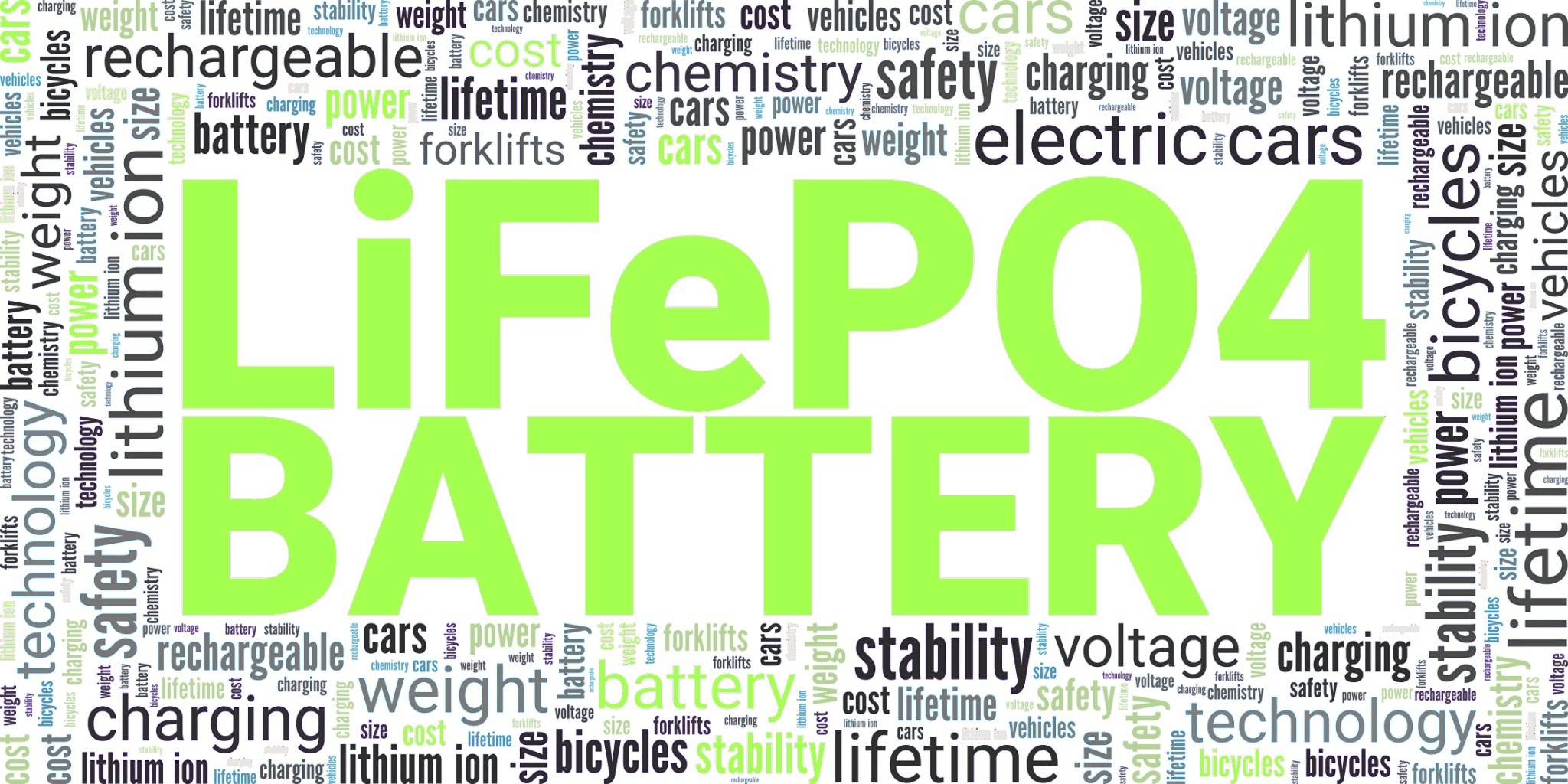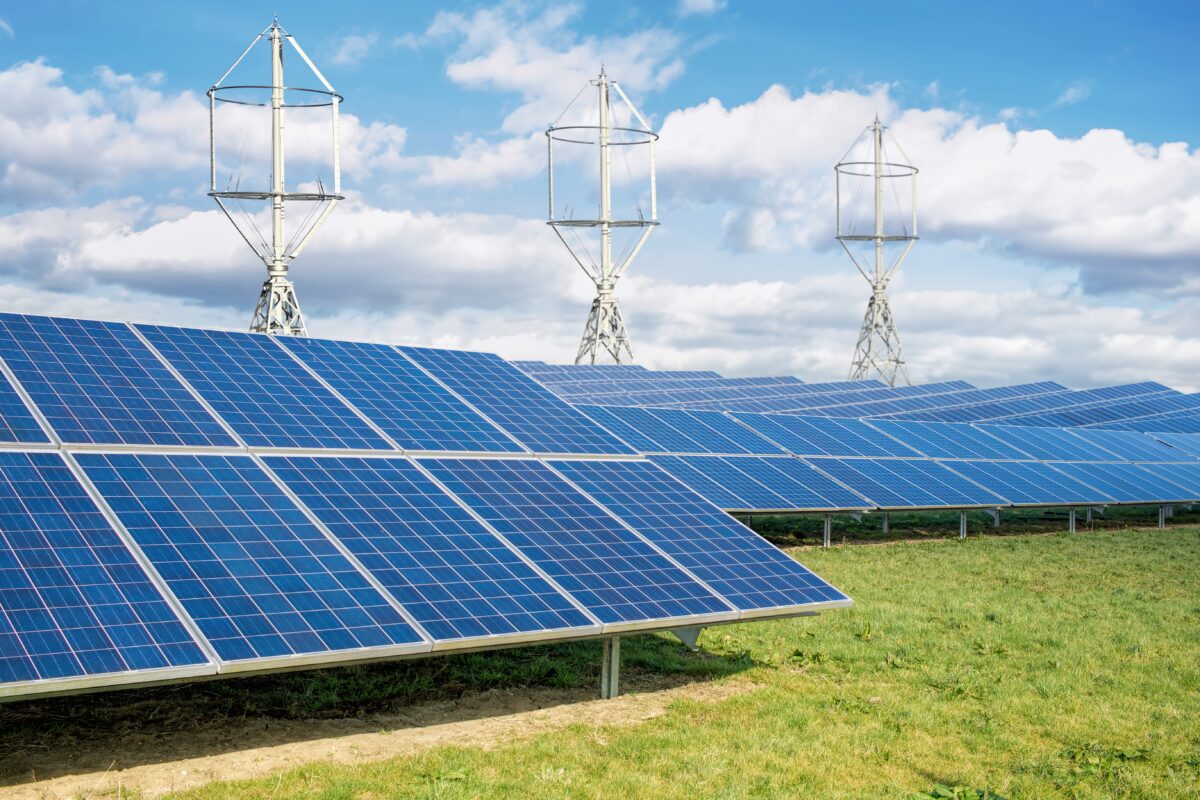LiFePO4 batteries are the safest, most stable and most reliable lithium battery technology accessible to more people today. The differences between lithium iron phosphate batteries and traditional lithium-ion options matter a lot to users who need long-term power solutions.
Standard lithium-ion batteries last about 1,000 cycles. LiFePO4 batteries blow past that with 3,000-5,000 cycles or more. High-quality versions can even reach over 6,000 cycles. These batteries work well in both cold and hot environments without losing much power. They function in temperatures from -20°C to 60°C, while lithium-ion batteries only work between 0°C and 45°C. LiFePO4 batteries are nowhere near as likely to overheat or catch fire, which makes them a safer choice for many uses.
People looking to invest in battery technology should know the difference between these two options. In this piece, we get into what makes LiFePO4 batteries special and how they stack up against lithium-ion alternatives feature by feature. We’ll explore which applications work best with each technology. By the end, you’ll know if lithium iron phosphate batteries fit your power needs.
Understanding the Basics: What is LiFePO4 Battery Technology?
LiFePO4 (Lithium iron phosphate) battery technology stands as one of the most important breakthroughs in rechargeable energy storage. These innovative batteries have become popular because they’re safer, last longer, and offer remarkable stability.
Lithium Iron Phosphate Composition Explained
The heart of a LiFePO4 battery features a cathode made from lithium iron phosphate. Its anode usually consists of graphitic carbon with a metallic backing, while the electrolyte contains lithium salt in an organic solvent. These batteries don’t use cobalt or nickel like other lithium-ion batteries. They rely on readily available elements: lithium, iron, and phosphorus.
Strong covalent bonds between iron, phosphorus, and oxygen atoms create the cathode’s unique structure. This molecular design ensures great stability during charging and discharging. The physical properties of charged and uncharged states let ions stay stable during oxygen movement that happens in charge cycles or possible malfunctions.
How LiFePO4 is Different from Other Lithium Chemistries
The biggest difference between LiFePO4 and regular lithium-ion batteries comes from their cathode materials. Regular lithium-ion batteries typically use lithium cobalt oxide (LiCoO2) or lithium manganese oxide (LiMn2O4) cathodes. LiFePO4 batteries use iron phosphate instead.
This chemical makeup leads to several key differences:
-
- Operating Voltage: LiFePO4 cells run at 3.2V compared to 3.6-3.7V in traditional lithium-ion batteries
- Thermal Stability: LFP batteries stay stable up to 350-400°C, while cobalt-based batteries become unstable around 150°C
- Cycle Life: LiFePO4 batteries can handle 2,500-5,000 charge-discharge cycles before capacity drops
- Safety Profile: LFP batteries resist thermal runaway better than others because their iron phosphate-oxide bonds are stronger than cobalt-oxide bonds
On top of that, LiFePO4 batteries work well in a broader temperature range. They function from -20°C to 60°C, while lithium-ion batteries only work between 0°C to 45°C.
What is the Best LiFePO4 Battery for Home or Travel?
You’ll find LiFePO4 batteries in several configurations:
-
- 12V 100Ah: Great for RVs or small solar systems
- 24V 100Ah/200Ah: Perfect for medium-sized backup systems
- 48V 100Ah: Common in home energy storage
- High-capacity options (200Ah-300Ah): Ideal for off-grid solar setups
Homeowners should consider high-capacity batteries (100Ah or above) with built-in battery management systems (BMS). These systems balance cells automatically and protect against overcharging, over-discharging, overcurrent, and extreme temperatures.
Travellers using RVs, campers, or boats will benefit from LiFePO4 batteries with built-in heating elements. These elements help the batteries work in cold weather. The exceptional safety features make these batteries a great choice for tight spaces in travel vehicles.
LiFePO4 vs Lithium-Ion: A Feature-by-Feature Comparison
A close look at battery technologies shows technical differences between LiFePO4 and traditional lithium-ion batteries. These differences explain why each type works best in specific applications. Their distinctions go beyond simple composition to real-world performance characteristics.
Voltage and Energy Output: 3.2V vs 3.6-3.7V
LiFePO4 batteries operate at about 3.2V per cell, which falls below standard lithium-ion batteries’ 3.6-3.7V per cell. This lower voltage might seem like a drawback for LiFePO4 batteries, but it helps make them more stable. LiFePO4 batteries release energy more slowly and steadily, which helps them last longer.
Cycle Life and Durability: 6000 vs 1000 Cycles
The lifespan difference stands out the most. Standard lithium-ion batteries last about 500-1000 charge-discharge cycles before they start degrading. Quality LiFePO4 batteries reach 3000-5000 cycles. Premium models can hit 6500 cycles before dropping to 50% capacity.
These numbers mean real differences in how long batteries last. Lithium-ion batteries typically work for 2-3 years. LiFePO4 batteries stay functional for 7-10 years or more under the same conditions. Some manufacturers say their LiFePO4 batteries can reach 20,000 cycles if you take care of them properly.
Charging Efficiency and Discharge Rates
Both battery types charge efficiently, but self-discharge rates differ. LiFePO4 batteries lose just 1-3% charge monthly while sitting idle. Lithium-ion batteries lose about 5% monthly.
LiFePO4 batteries reach full charge in about 2 hours or less. They keep steady voltage throughout their discharge cycle, which means reliable performance even as power runs low.
Weight and Portability: Trade-offs in Design
Battery weight comparisons tell an interesting story. Some sources say LiFePO4 batteries weigh more because they pack less energy density. Others claim they weigh up to 50% less than similar lithium-ion models.
This difference exists because specific models and manufacturing methods vary widely. LiFePO4 batteries weigh up to 70% less than lead-acid options. The small weight differences between lithium technologies don’t matter much when you think about LiFePO4’s safety and longevity benefits.
Advantages and Disadvantages of LiFePO4 Batteries
LiFePO4 batteries show their true value when we look at their strengths and limits in ground applications. These characteristics help us decide if this battery type lines up with specific power needs.
Pros: Safety, Longevity, Eco-Friendliness
Safety stands out as the most important advantage of LiFePO4 batteries. These batteries can handle temperatures up to 350-400°C without breaking down, while cobalt-based lithium batteries become unstable at 150°C. Strong covalent bonds between iron, phosphorus, and oxygen atoms create this stability, which makes them resist thermal runaway even after physical damage or overcharging.
Environmental benefits make these batteries even more attractive. LiFePO4 batteries use abundant iron and phosphate materials instead of toxic heavy metals like cobalt or nickel. Recycling becomes easier, and valuable lithium can be recovered from used electrodes. The manufacturing process creates fewer carbon emissions than other battery types.
Cons: Lower Energy Density, Higher Original Cost
LiFePO4 batteries come with certain limits. Their energy density ranges from 90-120 Wh/kg, which falls below the 150-250 Wh/kg that traditional lithium-ion batteries offer. This means bigger and heavier batteries for the same storage capacity—a drawback where size and weight matter.
These batteries cost more upfront, about 20-40% higher than standard lithium-ion options. Mid-2024 prices show assembled LiFePO4 batteries at £91.33/kWh. Some Chinese manufacturers report costs as low as £34.94/kWh, but the upfront cost remains a factor for budget-conscious buyers.
What is LiFePO4 Battery Advantages and Disadvantages Summary
To conclude, LiFePO4 batteries offer unique strengths and limitations:
Key Advantages:
-
- Better safety with minimal risk of thermal runaway or fire
- Long life span (3,000-10,000+ cycles) lasting 10-25 years
- Earth-friendly materials with no toxic heavy metals
- Reliable performance from -20°C to 60°C
- Less self-discharge (1-3% monthly versus 5% for lithium-ion)
Key Disadvantages:
-
- More space and weight needed due to lower energy density
- Higher upfront cost despite better long-term value
- Charges slower in some uses
- Less accessible than other lithium-ion options
LiFePO4 batteries work best in situations where safety, reliability, and longevity matter more than initial cost and space.
Choosing the Right Battery for Your Needs
Battery technology selection depends on your specific application needs. Different power scenarios just need unique battery features to work their best.
Solar Power Systems: Why LiFePO4 is Ideal
Lithium iron phosphate batteries give exceptional benefits that make them the top choice for solar energy storage. These batteries last up to 10 years or more, which is substantially longer than lead-acid options that only work for 2-5 years. You’ll spend less money over time because you won’t have to replace them as often. LiFePO4 batteries handle deep discharge cycles without much wear, making them perfect for daily solar system cycles. They work reliably in temperatures from -20°C to 60°C, which means great performance even in tough weather conditions.
Portable Power Stations and Camping
Safety and reliability become top priorities when you’re outdoors. LiFePO4 batteries shine in portable power stations because they’re non-toxic and non-hazardous. The voltage stays steady as these batteries drain, so your devices get stable power until the battery runs out. Weight, capacity, and output options should guide your camping battery choice. Good brands let you power multiple devices at once with various output options.
Electric Vehicles and High-Drain Devices
LiFePO4 batteries let electric vehicles run through 3000-5000 charge cycles before showing much wear. You can safely charge these batteries to 100% regularly, unlike other lithium types that need charging limits. High-drain devices need batteries that deliver strong current. LiFePO4 delivers discharge rates of 1-25C, while lithium-ion only manages 1C, which makes it great for power-hungry applications.
When to Choose Lithium-Ion Instead
Lithium-ion batteries work better when you:
-
- Want maximum energy density (150-200 Wh/kg vs LiFePO4’s 90-120 Wh/kg)
- Care most about weight, like in portable electronics
- Have a tight budget since they cost less upfront
- Work in very cold places where lithium-ion performs better
Environmental and Safety Considerations
Battery technologies differ in their environmental footprint and safety profiles beyond performance specs. These differences play a decisive role when users choose between LiFePO4 and lithium-ion options for long-term use.
Recyclability: LiFePO4 vs Lithium-Ion
LiFePO4 batteries make recycling easier at the end of their life. The battery’s simple chemistry, without heavy metals, creates a straightforward recycling process. Lithium-ion batteries need more complex separation techniques because of their metal combinations. These techniques include mechanical shredding, sieving, magnetic separation, and hydrometallurgical methods.
Conclusion
LiFePO4 and lithium-ion batteries have key differences that affect how well they work in different situations. LiFePO4 batteries shine when it comes to safety, lifespan, and heat resistance.
Your specific needs should guide your choice between these technologies. Solar systems, electric vehicles, and portable power stations work great with LiFePO4’s safety features and long life. Devices that must be light and compact still work better with lithium-ion options.
LiFePO4 batteries cost more upfront, but they last longer, need less maintenance, and offer exceptional safety. This makes them the better long-term choice for most fixed and reliability-focused uses. The choice comes down to balancing today’s costs against long-term reliability, safety, and environmental effects.






